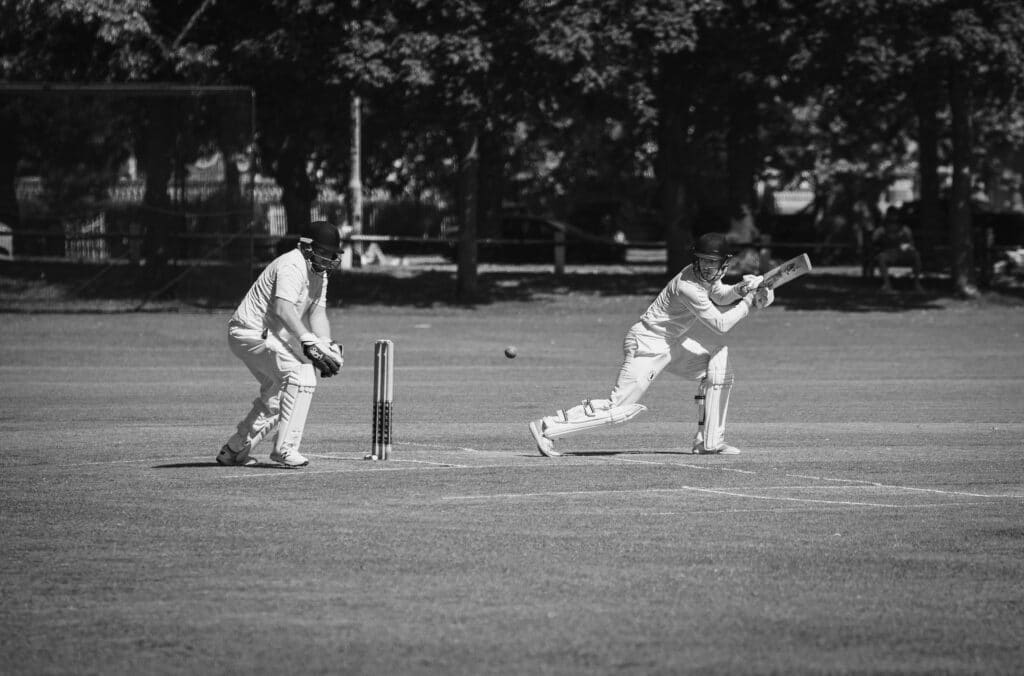Osgood Schlatters
What we’ll cover
Osgood Schlatters
If you think your child may have Osgood Schlatters, call us on (03) 9571 6888 or fill in our online form
Osgood Schlatters is a common condition that causes pain in adolescents. It commonly causes pain around the knee during activity and may last for several hours following activity.
Boys are more likely to be affected than girls with children between the ages of 10 – 14 susceptible to developing the condition.
Symptoms of Osgood Schlatters:
- Pain in one or both knees
- Pain when straightening the knee or full squatting
- Pain on running
- Pain on jumping
- Redness and/or a visible lump below the knee cap
- Reduced strength and decreased muscle bulk in the painful side in ongoing cases
What causes Osgood Schlatters:
During rapid periods of growth, the thigh bone elongates but the quadricep muscle does not grow at the same rate. This results in inherent muscular tightness in the quadricep and reduced flexibility. Combined with physical activity, it occurs due to quadriceps muscle/tendon tightness causing inflammation and micro-fractures on the shin bone. The resulting inflammation can cause redness and a bone growth on the shin with a prominent bump developing below the knee cap in some cases.
With repeated activity, flexibility gradually decreases resulting in ongoing pain. If left untreated, pain canresult in decreased strength and endurance through the lower limb.
Treatment for Osgood Schlatters:
Physiotherapy treatment focuses on reducing inflammation and maximising flexibility through the quadriceps muscle. Treatment can include soft tissue work, taping, gentle strength and flexibility exercises.
The application of ice following activity is a simple strategy to reduce inflammatory pain. Try icing on a daily basis during episodes of acute pain.
Reducing exercise load is crucial for long term management and recovery. Your physiotherapist is well placed to advise on modifying training load or exercise if required.
Importantly, our team at Malvern East Physiotherapy will teach safe exercises and strategies to allow your child to continue participating in sport. Given that Osgood Schlatters is more prevalent during growth spurts, all training and game play should always include an appropriate warm up, cool down and stretches to prevent recurrent episodes of pain. Whatever the sport, our physiotherapists can provide a specific warm up and cool down specific to your child’s sport.
Measuring muscle length is a good method of monitoring flexibility and identifying the likelihood of developing Osgood Schlatter symptoms.
Importantly, the sooner physiotherapy interventions are implemented to minimise the symptoms of Osgood Schlatters, the less rest (if any) is required.


